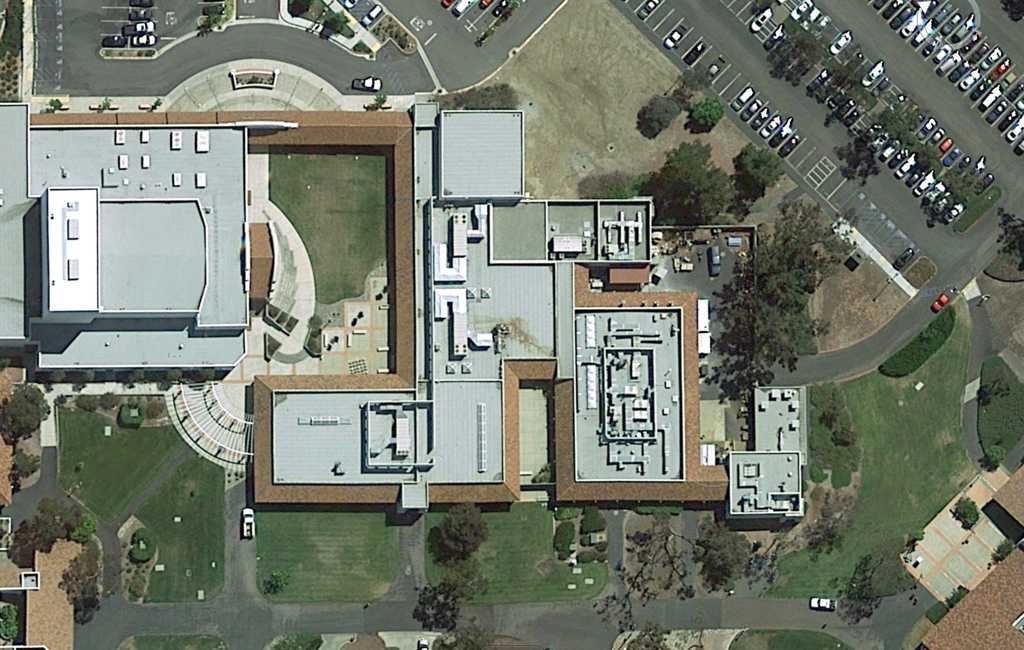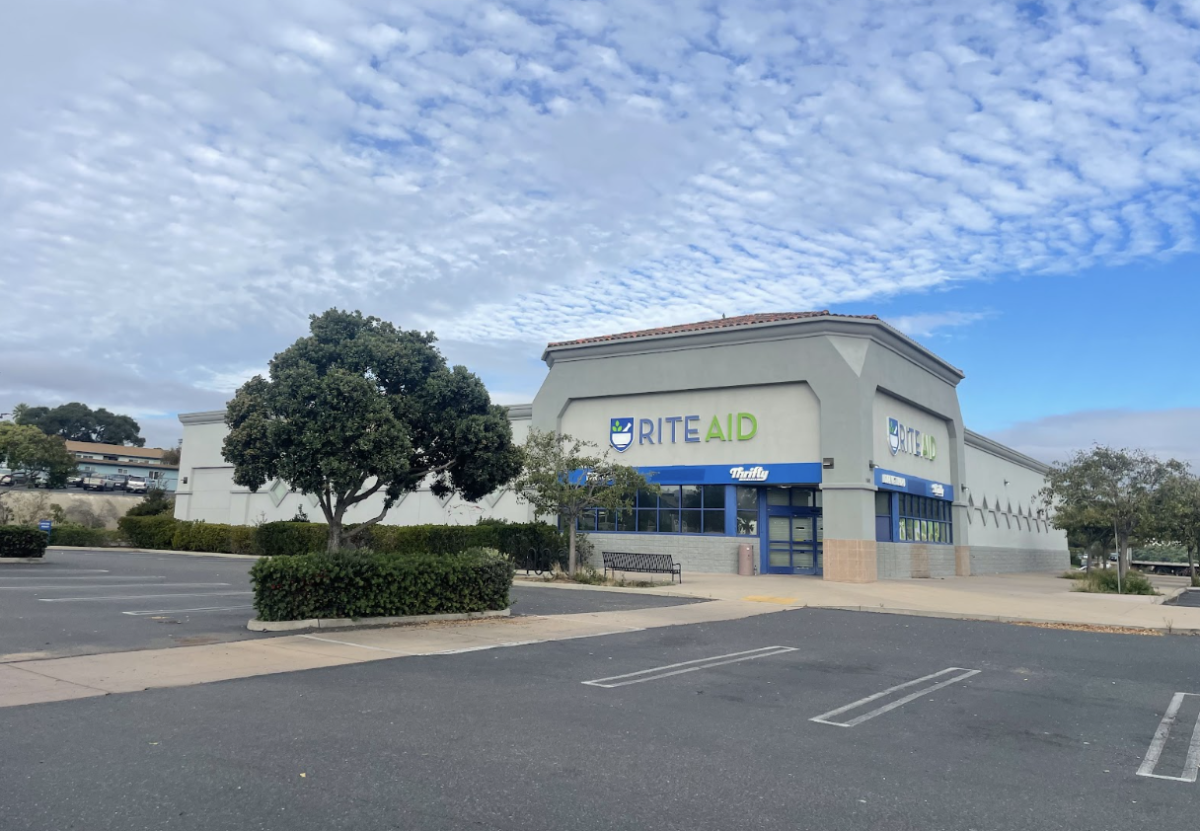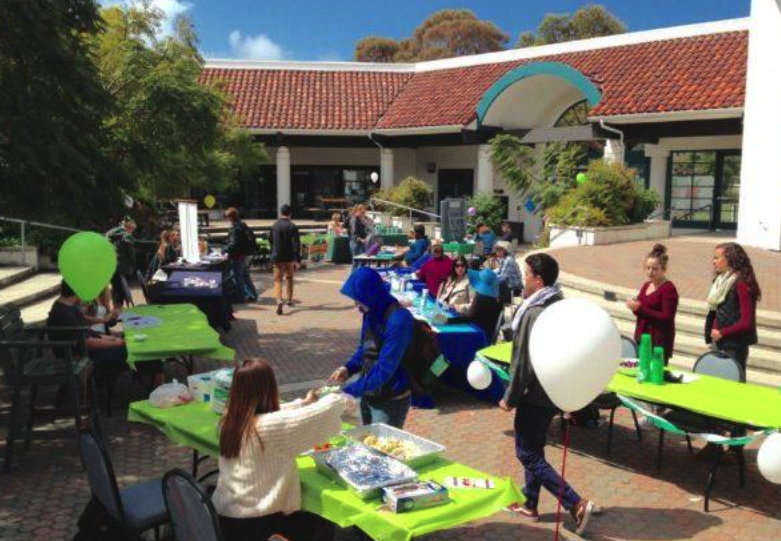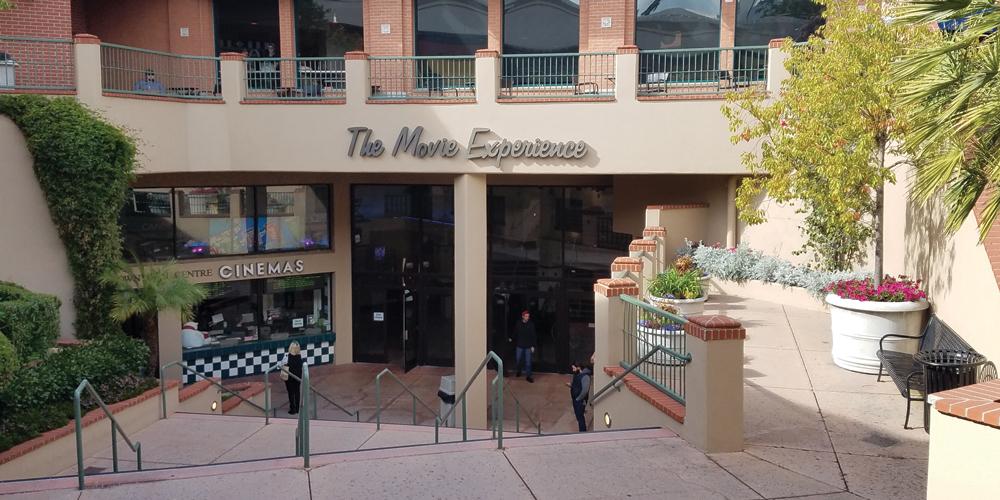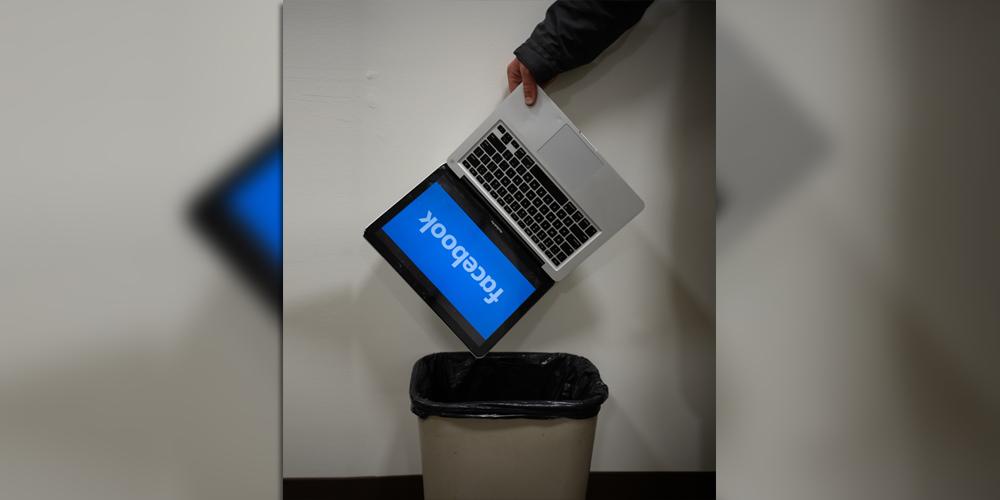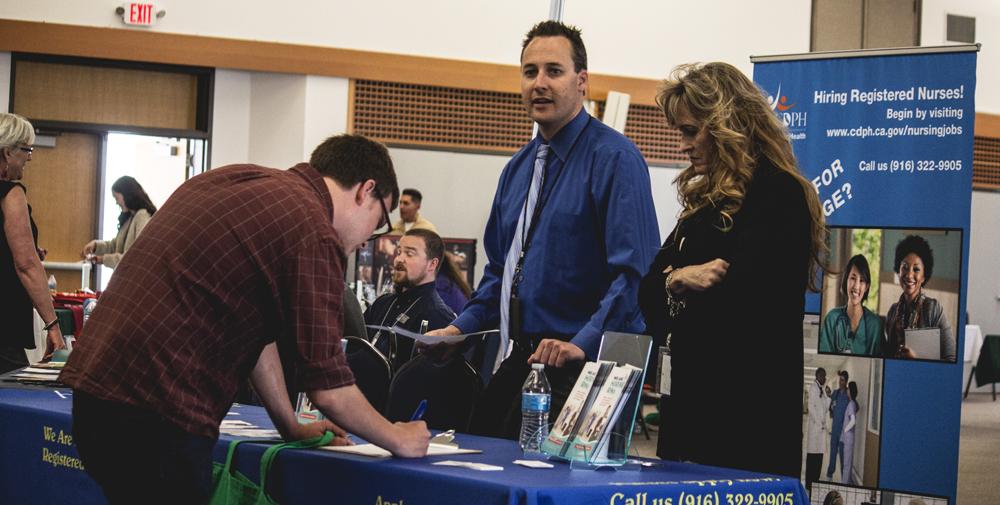[slideshow_deploy id=’6214′]
Photos by Paige Fairchild / Cuestonian Staff Photographer
By Holly Walsh
Life & Culture Editor
The rain may have brought spring flowers — but it also dumped water, mud and debris into a multitude of classrooms campus-wide — causing many to wonder why the roofs that leak year after year have yet to be fixed.
And each year, the response is the same: Buckets and trash cans are strategically placed to catch the rain seeping through the ceiling of the library and various classrooms and trash bags are strewn across chairs in an attempt to protect them from the mud.
The Measure L Bond, approved November 2014, authorized the San Luis Obispo County Community College District to use $275 million in bonds for campus improvements.
The funds were designated to repair, construct and acquire facilities and equipment, update classrooms, improve career education programs, repair gas and electric lines and upgrade technology, according to Cuesta’s bond information on its website.
Terry Reece, director of campus facilities, said that Cuesta complaints get filed for leaking roofs every rainy season — and the heavier the rains, the more the complaints — but, he did not have exact numbers.
Reece also stated that the roofs are being addressed at the quickest rate possible.
“In the last three years, we’ve replaced (the roofs in) rooms 4344, 1100, the women’s locker room, and replaced the roof in the gym,†Reece said.
The idea that Cuesta Facilities doesn’t take care of roof leaks isn’t true, Reece said, and the district doesn’t ever leave an issue that they believe is critical.
Cuesta was one of the last districts to be issued for a bond and receive funding, according to Reece. Using the money from Measure L. every roof will be replaced in the next nine years, Reece said.
Carina Love, the interim director of the Cuesta Library, has pushed for repairs of the library roof year after year.
“The Measure L Bond had money allocated to fix older buildings, but the library didn’t make it,†Love said.
Love explained that the leaking roofs affect staff and students, and that each rainy season buckets and trash cans have to be setup and rotated to catch the leaking rain.
“The staff have to move around computers and furniture so the rain doesn’t ruin expensive equipment,†Love said. “We can’t get new furniture because it’ll be ruined.â€
Reece admitted that the library does have issues with leaks that have to do with the boiler system, and not the roof.
Experts say the consequences of not repairing a leaky roof are many and serious, including ceiling damage, mold and mildew issues, health concerns from mold, fire hazard from water damage, slip and fall hazards, higher utility bills, wasted energy, and compromised structural integrity.
“All kinds of damage can occur from a leaking roof — fungus, mold all kinds of stuff — and it gets more expensive to repair the more damage it causes,†said Chris Chase, of SLO County Roof Contracting.
Ron Ruppert, division chair of the Biology Department, said that he had to deal with leaks in forum room 2401.
“There was dripping from ceiling that caused us to tape off two seats,†Ruppert said. “The water was dark brown in color.â€
Ron McCarley, director of Jazz Studies at Cuesta, also put up with roof leaks for several years in classroom 7105.
“Every time there is a substantial rain, we have to put out a trash can or bucket to collect the water and you can see the water stains on the ceiling,†McCarley said, adding that there have been several attempts to stop the leak, but it returns each year.
“I’m not sure what they are doing about it, but I know that they are pretty exasperated about it,†he said.



